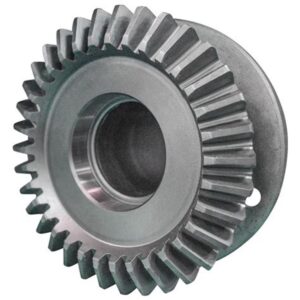
Sand casting is a commonly employed and very ancient metal casting technique. It involves forming cavities within packed and bonded sand that is then charged with molten metal. The chosen metal solidifies to reproduce the cavity shape in fine detail. The most common technique uses a pair of boxes into which is packed the sand, to form two sides of a cavity. It is also common to cast into an open depression in sand, for a flat-backed result. It is the oldest and lowest technology casting method for producing metal components, but it retains its relevance. The technique is extensively used for one-off, small-batch, and automated large-scale production.
Sand casting is hugely versatile and in many regards ideal for producing an unparalleled range of metal parts. It works well in parts as small as a few grams and up to tons in weight and is suited to virtually all metals such as: gold, iron, lead, and titanium. While sand of various types is employed in the process, these materials are required to have much higher melting temperatures than the liquefaction temperatures of metals.
How Does Sand Casting Differ From Other Types of Casting?
All casting forms a cavity into which the melt is poured. The variation is in the methods by which the cavity is formed. Die casting uses a machined metal cavity for the part forming, with various approaches to introducing fill material and mechanization of the process. Investment casting uses a plaster cavity cast over a then volatilized pattern or master. Various options exist in pattern material and fill technique, from simple hand pour to full automation. Meanwhile, metal injection molding uses polymer-bonded, powdered metal feedstock, which is molded in machined steel cavities, processed, and finally sintered. Sand casting uses a variety of techniques from entirely manual to fully automated, and even automated core production/placement to form cavities using bonded sand which is then machine-charged and de-molded.





